How to make a small room look bigger – 9 tricks designers use to visually expand a tiny space
Increasing the sense of space in small rooms is a design issue everyone wants to solve. We spoke to a few of our favorite interiors people to find out their expert solutions
- (opens in new tab)
- (opens in new tab)
- (opens in new tab)
- Sign up to our newsletter Newsletter
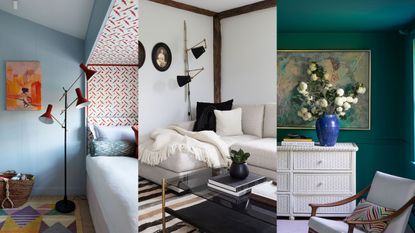

If you are wondering 'how to make a small room look bigger', you are certainly not alone. Though small rooms can present many interior design challenges, there are several benefits to compact living: small rooms are easier to keep neat and tidy; easier to organize and decorate. A well-designed room can feel just as comfortable as a larger space, with all the coziness and warmth you desire.
Small room ideas may be limited on size but they can be big on style. We have curated our favorite ways to make a small room look bigger – with tricks of the trade to help turn that awkward, tiny room into something sophisticated and functional, whatever its shape and proportions.
How to make a small room look bigger
In a small space, zoning, color decorative choices are key. Make a small room look bigger by planning a hard-working layout, investing in multi-functional furniture and picking the right color scheme. So whether you're working with a small living room, small kitchen or a small bedroom in a family home, you can make the space work best for you.
Luxury comes in all shapes and sizes – here, H&G show you how to make modest rooms feel chic and spacious.
1. Work with color in a living room
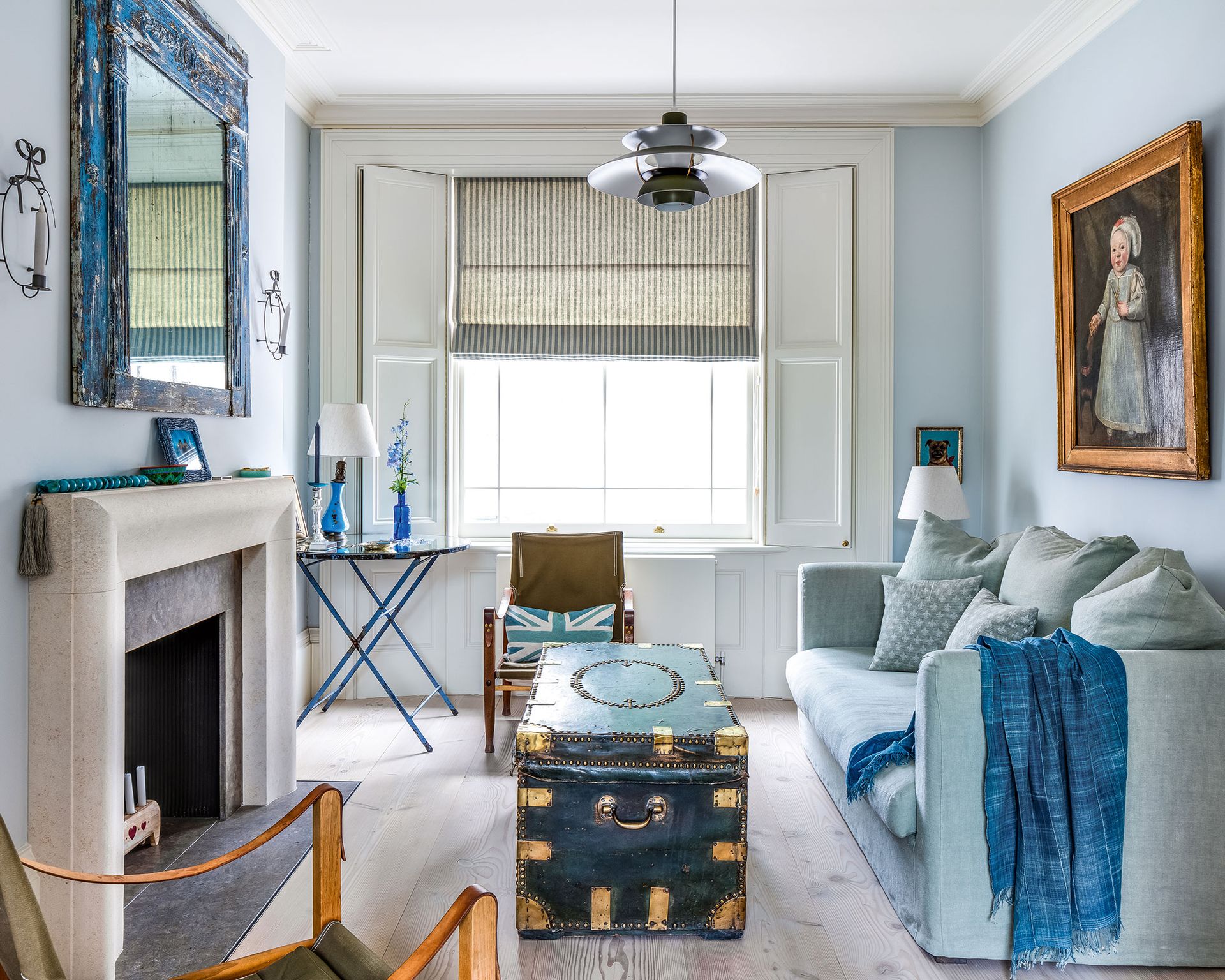
Consider color choices carefully when trying to make a small living room look bigger. Quite often, a simple and cost-effective solution is enough to visually enlarge your space using specific colors that make a small room look bigger. This can also help to make any small living room look nice.
'When a single color is used on both walls and woodwork, a room suddenly feels bigger because having no contrast means that you are less aware of the confines of the space,' says Joa Studholme, color curator, Farrow & Ball (opens in new tab). 'The eye does not stop to register a second color and glides straight out of the window to the view, blending the garden and room together.’
2. Distract the eye with pattern in a kids' room
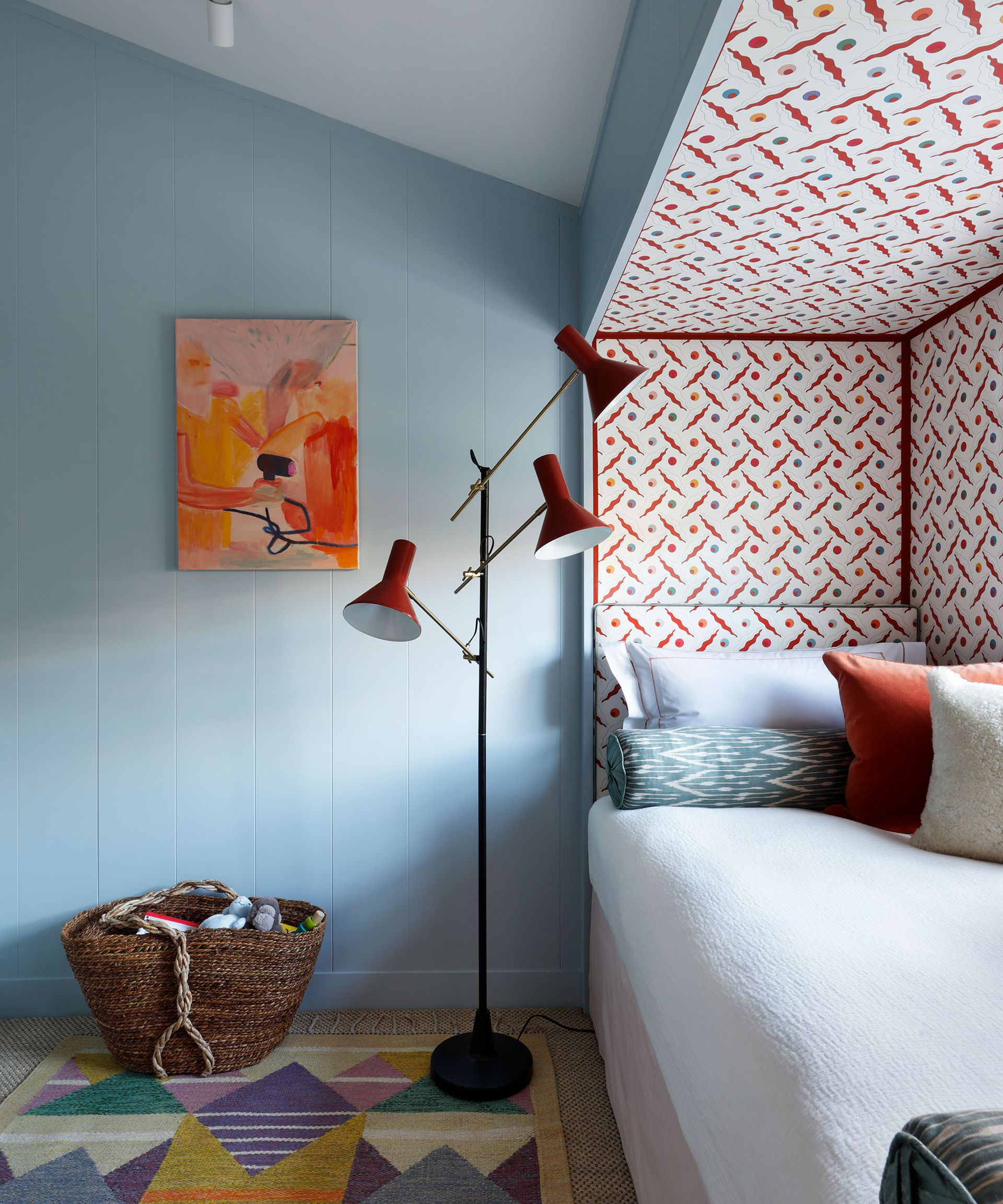
A clever bed nook was included in this sleep space by Studio Peake
‘Layering patterns of a similar scale and tone will distract from a room feeling small, and ensure it feels cozy and inviting,' says Mary Graham and Nicole Salvesen, founders, Salvesen Graham (opens in new tab). 'Nothing should shout louder than anything else, so that the eye is not drawn to one feature and the space will not feel too busy.’
‘In this tiniest of bedrooms (above), to make the most of the space, I created a bed nook on the side of the room where the sloped ceiling became very low,' says Sarah Peakle, founder and creative director, Studio Peake (opens in new tab). 'I then filled it with a lively pattern to set it apart from the rest of the room, although the colors used in the fabric, cushions, wallpaper and furniture subtly echo each other to give a sense of structure to the space.’
3. Be smart with storage in the kitchen
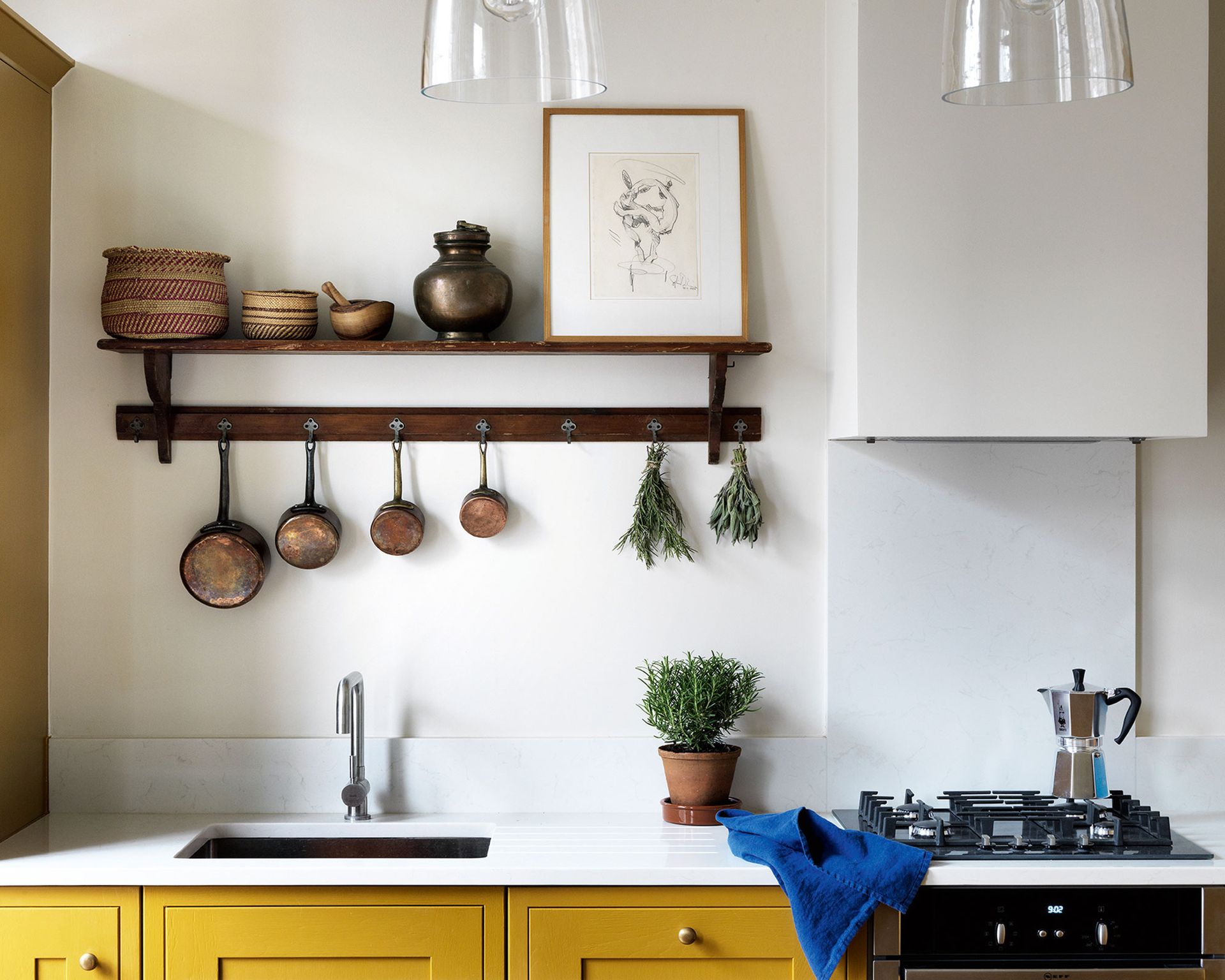
‘It might seem counter-intuitive if you want to make a small kitchen look bigger, but unless the ceilings are very high I like to do away with wall cabinets altogether in favor of shelving,' says Lonika Chande, founder and creative director, Lonika Chande (opens in new tab).
'It looks much better and opens up the space. I am always on the lookout for vintage shop fittings and characterful reclaimed planks that can be repurposed as shelves. I then decant what I can into Kilner jars for display, alongside stacks of crockery, linen and the odd jug. I love nothing more than to be left to it with my Kilner jars and a Dymo labelling machine – unbelievably satisfying work and so visually pleasing too’
4. Introduce good lighting in a bathroom
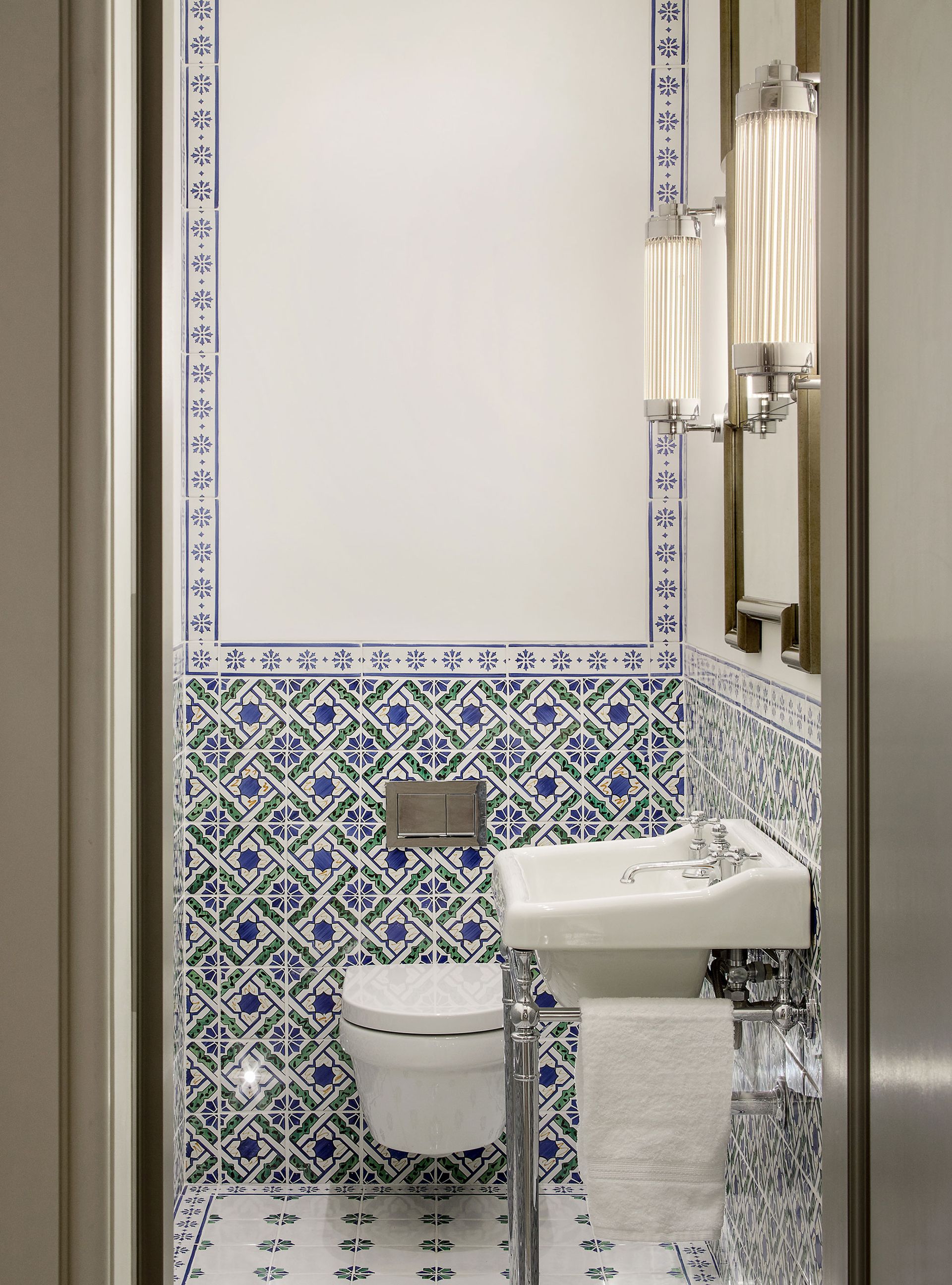
The border tiles in this Studio Indigo space bring attention to the bathroom’s height
If you're looking for impactful ways to make a small bathroom look bigger, consider lighting first. Well-planned small bathroom lighting ideas will make all the difference in a compact space, increasing the sense of volume and helping to make it feel larger.
‘In a small shower room it is crucial not to underestimate the importance of good lighting,' says Mary Graham and Nicole Salvesen, founders, Salvesen Graham (opens in new tab). 'This should always include decorative wall lights either side of a mirror to provide a softer, more flattering light for the face as well as a decorative feature.’
5. Choose accessories that visually expand an entryway
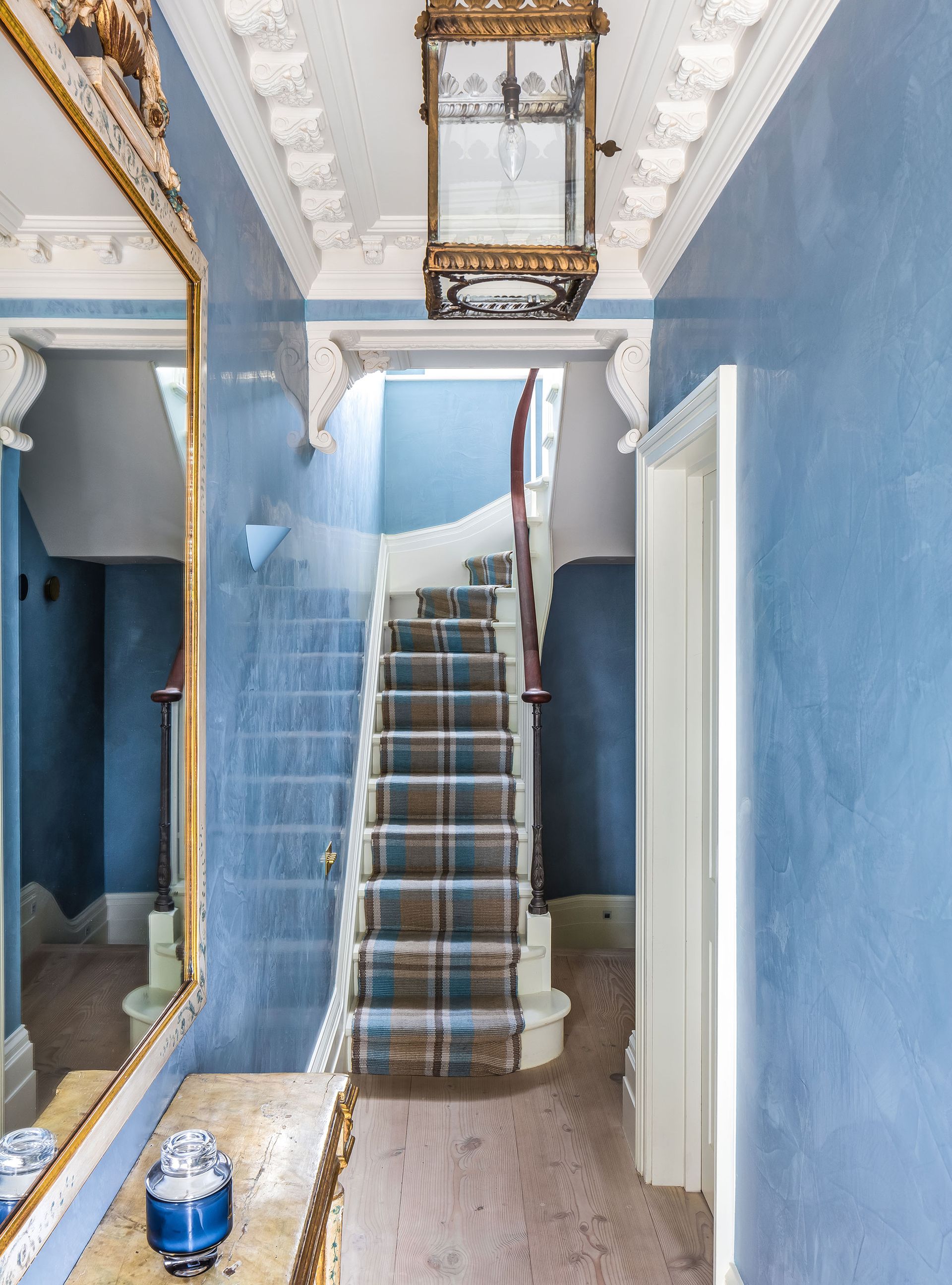
Mirrors will always help to enhance the sense of space, as in this De Rosee Sa designed hall
‘Entryways can often be narrow with little natural light so consider using color and pattern to create a design scheme that brings warmth and light to the space,' says Ruth Mottershead, creative director, Little Greene (opens in new tab).
It is also worth choosing your accessories and decorative room ideas carefully if you wish to make this small room look bigger. 'A beautifully detailed wall of lightly antiqued mirror can be a great way to expand a tight entrance,' says Claire Sa, director, De Rosee Sa (opens in new tab). 'Placing a console and lamps in front of a large mirror softens the coldness of the mirror material.’
You can apply the same design techniques from small entryways to make a narrow room look wider too.
6. Paint the ceiling the same color as the walls in a bedroom

‘For me, rule one to make a small bedroom look bigger is to paint the ceiling the same color as the walls,' says Joa Studholme, color curator, Farrow & Ball (opens in new tab). 'Who wants to lie in bed looking at a white ceiling? It’s much better to create a space that feels as if it’s cocooning you, and of course this will make even the tiniest space feel bigger because you can’t tell where the walls end and the ceiling begins. Cupboards should also be painted the same color as the walls, to avoid them being too prominent.’
Paint is a great tool to use when decorating a small space on a budget; a simple coat of paint can transform a room with color, vibrancy and character.
7. Draw the eye upwards in a dining room
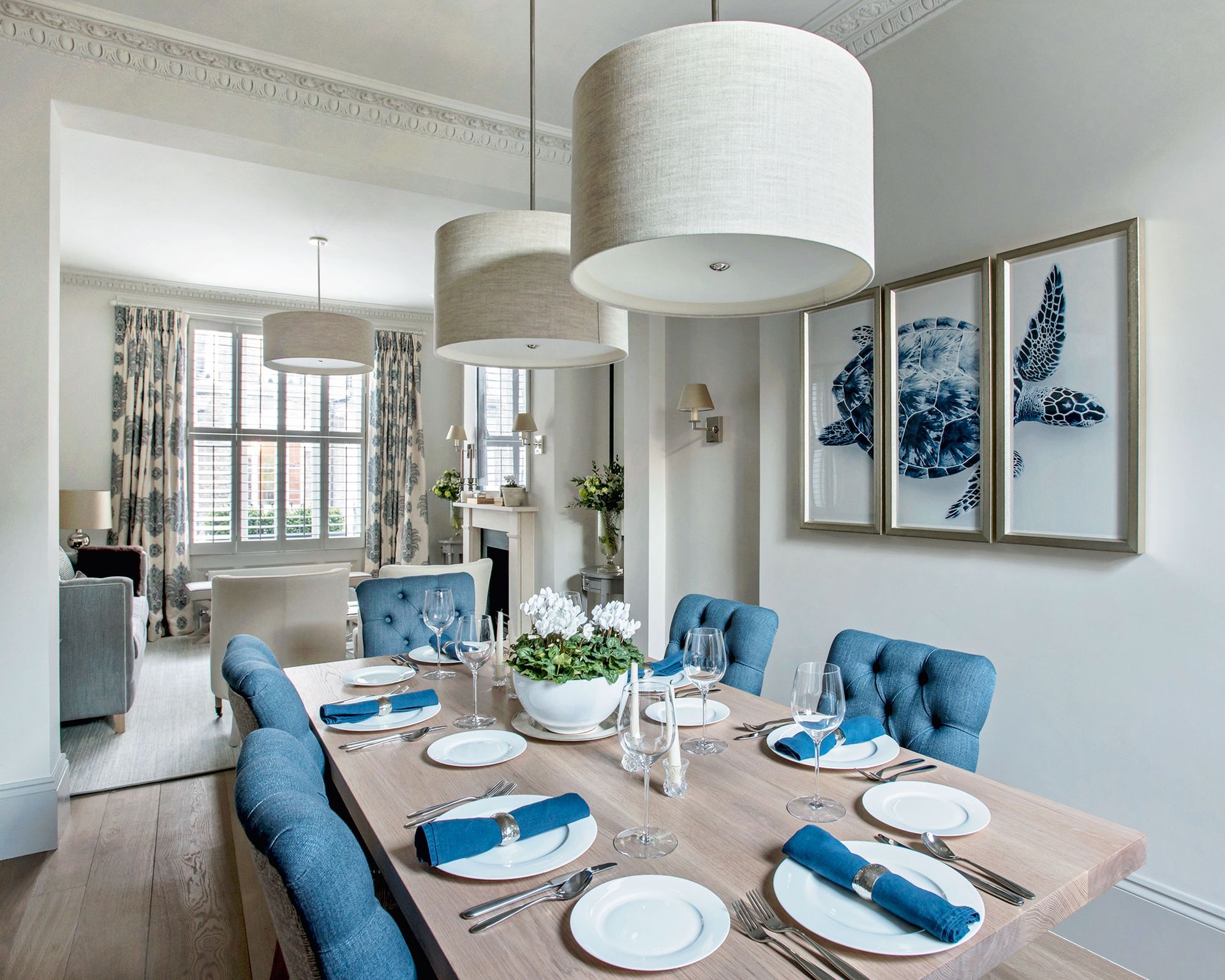
Sims Hilditch chose similar wood tones for the table and the flooring here, so the table recedes into the background
It’s so much easier for small spaces to feel dark and dingy, so if you’re dealing with a small dining room, focus on lighting as your first port of call. When thinking about ways of lighting a dining room, don’t think just about the impact of the bulbs and lampshades themselves, but how the placement of the light fitting can help alter the proportions of a room.
‘A small dining room with high ceilings can be tricky to style,' says Emma-Sims-Hilditch, creative director, Sims Hilditch (opens in new tab). 'I often recommend opting for low-hanging statement pendant lighting placed above the dining table to draw the eye and fill the space.'
8. Enhance the feeling of space in a family room
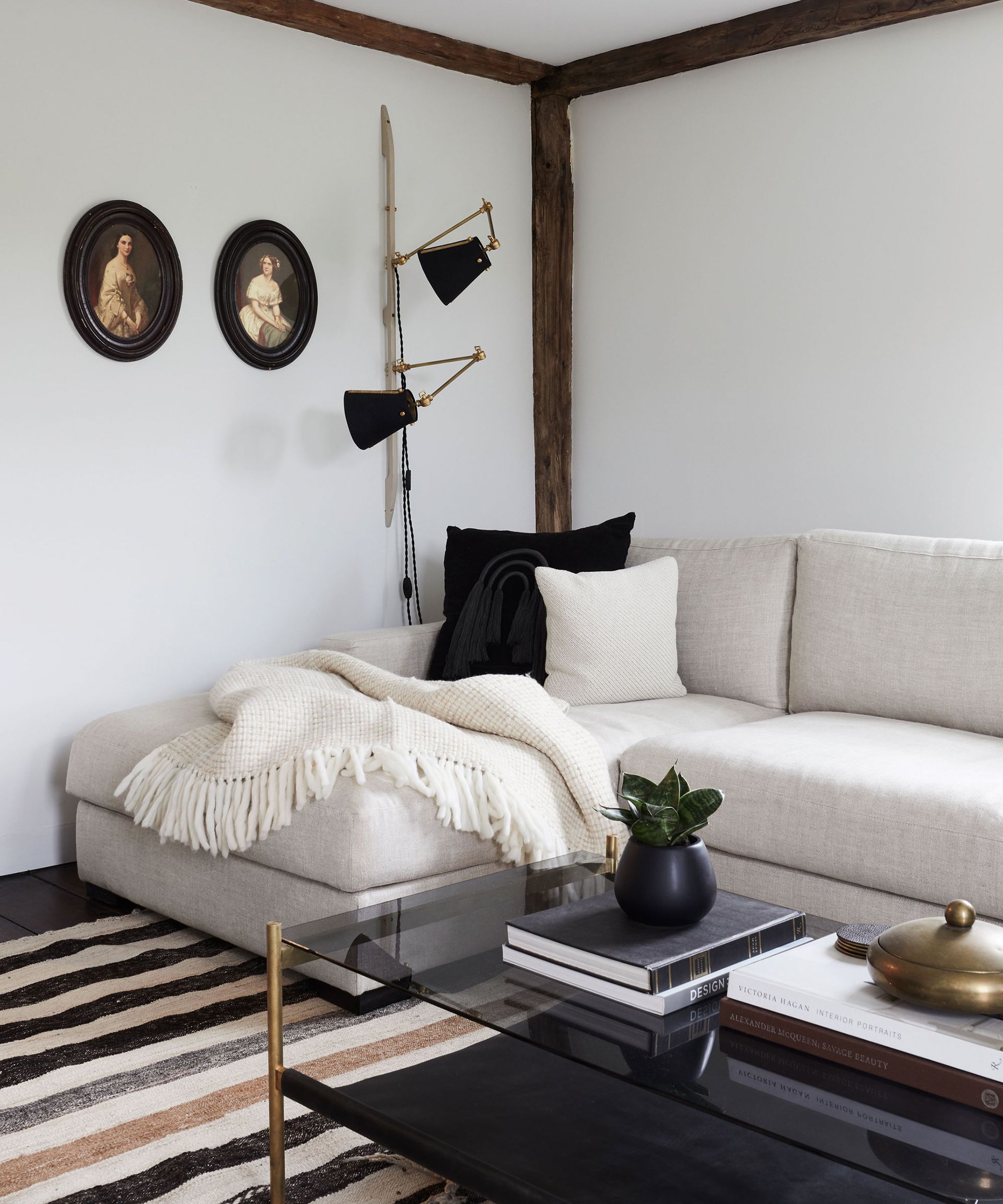
This scheme by Nune includes a striped rug to create the illusion of a wider space
Getting the family room furniture right in a small room is one of the biggest challenges in design. This needs to be a practical space, whether for watching TV or creating good conversation.
‘It is worth noting that a pair of armchairs can often take up more space than a small sofa,' says interior designer Lonika Chande. 'Certainly, a smaller armless sofa, complete with a little side table to put down a drink, and a floor lamp rather than a table lamp can be a much better use of space.’
Be bold with your little space and use large-scale furniture sparingly to give the illusion that the room is grander than it is.
9. Employ clever design in a small garden
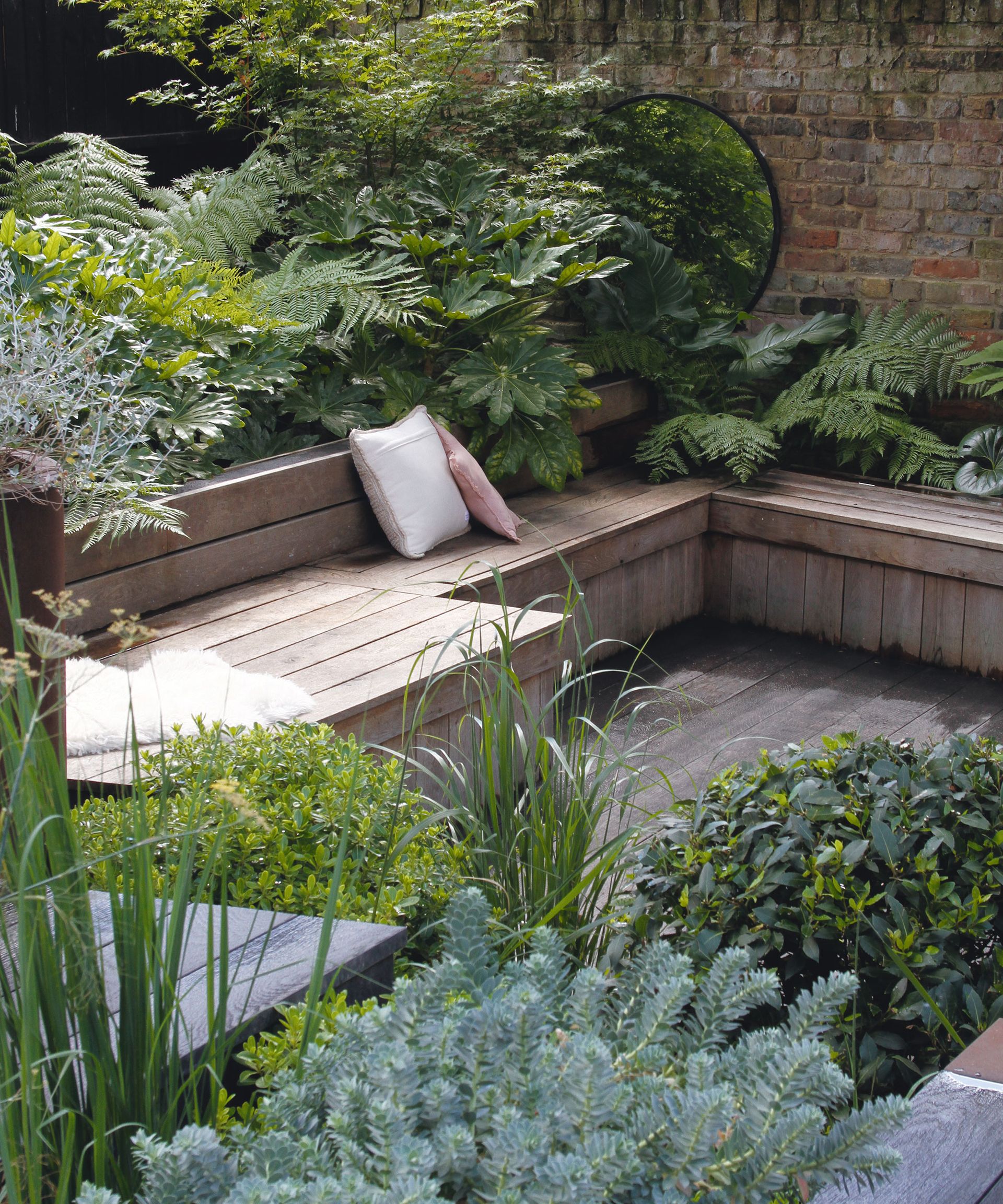
Even the smallest outdoor space can become a beautifully designed garden. The key is to keep things simple and fuss-free if you want to make a small garden look bigger.
‘My focus in small gardens is to organize the space, utilising levels, framing views, creating social seating options and making every single millimetre work,’ says Mandy Buckland of landscape design company Greencube (opens in new tab).
‘Track the sun’s arc to optimize the best spots, screen any view spoilers and create focal points that draw the eye. I like to play with scale, often placing large pots as focal points and choosing dramatic planting combinations in bold swathes to create a calm, green oasis.’
Different levels can be an asset and make a space feel bigger by creating additional areas. ‘Use large specimens such as acers and osmanthus, as going big creates drama,’ says Mandy. Also try integrating a mirror to create the illusion that the garden goes on beyond its boundary.
What colors make a small room look bigger?
Naturally, using pale or single color palettes will make a small room look bigger. However, it isn't as simple as painting your walls white.
'We would usually lean towards quieter palette combinations, but darker shades can work really well within smaller spaces,' says James Thurstan Waterworth, founder, Thurstan (opens in new tab). 'They create a perception of depth and lend a cocoon-like feel – welcome in every small room.
'For the walls in a small room, we suggest a deep midnight blue or a petrol green, then lift this by layering careful accents of color, perhaps a burnt orange or a similar earth-toned hue – ochre, terracotta or a softer peach.’

Jennifer is the Digital Editor at Homes & Gardens. Having worked in the interiors industry for a number of years, spanning many publications, she now hones her digital prowess on the 'best interiors website' in the world. Multi-skilled, Jennifer has worked in PR and marketing, and the occasional dabble in the social media, commercial and e-commerce space. Over the years, she has written about every area of the home, from compiling design houses from some of the best interior designers in the world to sourcing celebrity homes, reviewing appliances and even the odd news story or two.
-
-
 Vitamix E310 Explorian Blender review: is Vitamix's basic blender worth it?
Vitamix E310 Explorian Blender review: is Vitamix's basic blender worth it?We put the Vitamix E310 Explorian to the test to see if this entry-level blender is as good as the rest of the brand
By Helen McCue • Published
-
 Super Bowl party checklist – everything you need to get ready for the big game
Super Bowl party checklist – everything you need to get ready for the big gameGet ready for game day with the ultimate Super Bowl Party checklist
By Zara Stacey • Published

